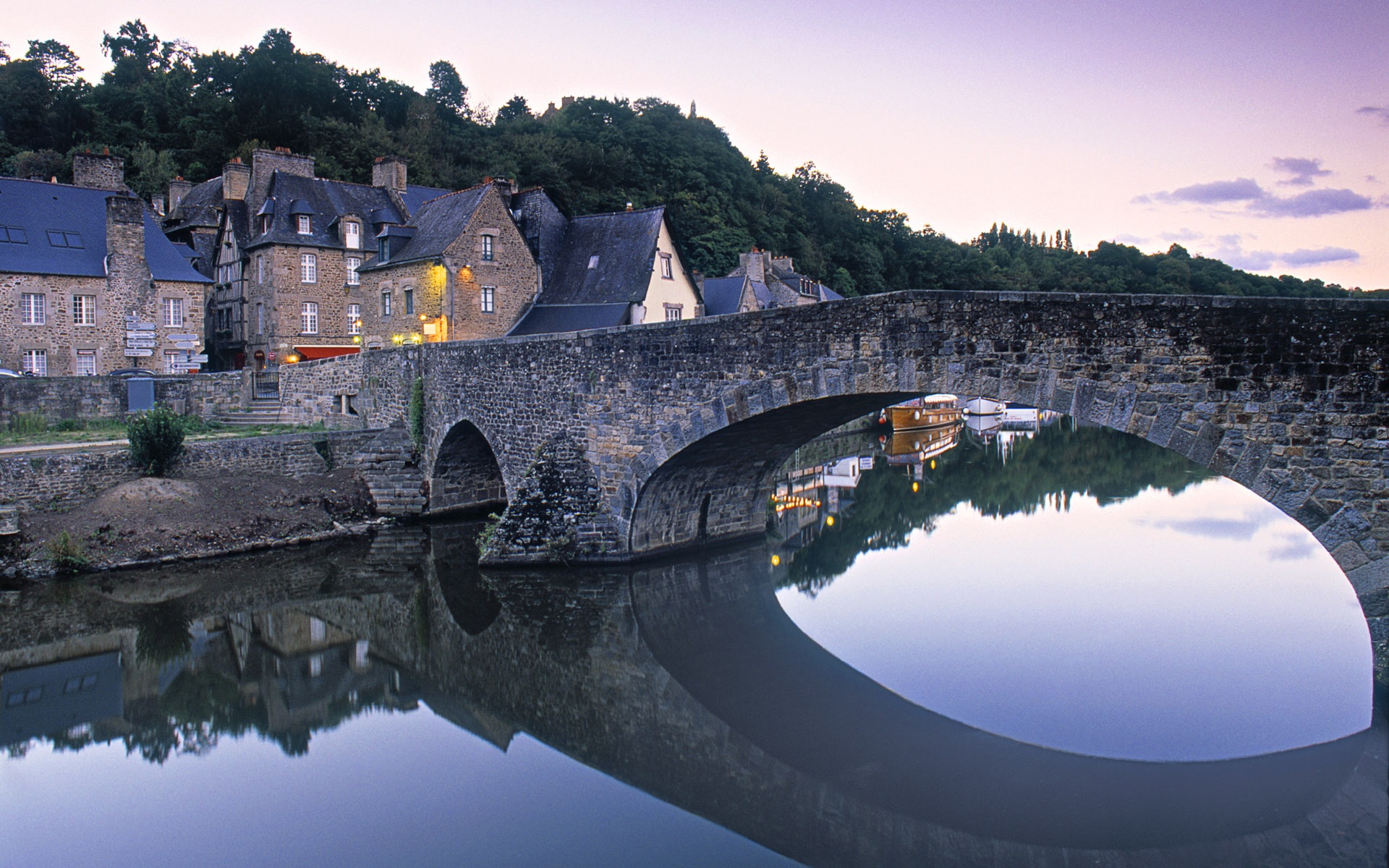Everybody knows Paris is a killer destination. When I passed through it in my college days, I was alone and penniless with little baggage and even less planning. I barely saw anything, so last month, considerably better off and with five days to kill, I went back to Paris.
It was still unplanned though, since I´m a little contemptuous of package tours, but his time I had some excess baggage in the shape of my husband and thirteen year old daughter. The typical, romantic couples getaway was out, then, so as dutiful parents we did a predictable Louvre-Eiffel Tower-Notre Dame route, thrilled not to have to suffer the child-centred horrors of EuroDisney as our girl has just squeaked into her teens. We also met up with an old French friend and the amorphous trip droned on. There was something about Paris that escaped me – that killer element.
The Terror Trail
Not long ago, I read the non-fiction Death in the City of Light by David King. It´s the story of one Marcel Petiot, a contemporary of Simone de Beauvoir, though not one of her writerly associates who hung out at the legendary Café de Flore. No, Doctor Petiot is France´s equivalent of Jack the Ripper, a serial killer long undetected in the generalised climate of brutality that was the forties Nazi Occupation of Paris.
Petiot was, by any accounts a lunatic, and perhaps a microcosmic example of Hitler´s macrocosmic horror. A pathological liar, fantasist, asylum inmate, embezzler and drug-dealer, he kept a townhouse at Rue Le Sueur 21, not a minute´s walk from the Champs Élysées, for sadistic purposes. In 1944, a stench emerging from the basement led to the discovery of dozens of butchered bodies, some burning in a furnace, others decomposing in a quicklime pit.
It emerged that the victims, vulnerable members of Parisian society, included some of Petiot´s lovers, patients, prostitutes and members of the Resistance. A small, triangular chamber with chains on the wall and a viewing slot suggested they´d been tortured.
Perhaps most chillingly, there was a stockpile of suitcases full of the valuables and belongings of Jewish citizens who had put their trust, as well as large payments, into the hands of Doctor Petiot to get them out of the Gestapo-ridden capital to Argentina. Tragically, in their attempt to avoid confinement in the Parisian holding camp of Drancy, they perished at the hands of a sadist with no creed, no political allegiances and no compassion.
Petiot was not to be found. France succumbed to Petiotmania as the police force, led by Commissaire Massu hunted him down, finally capturing him at a metro station. At his trial, Petiot thrilled and horrified the country with his cold insanity and earned himself a rendezvous with a rusty Madame Guillotine at La Santé prison in 1946. That story’s enough to put a girl on the first Air Canada flight back home.
The Perils of Unpacked Paris
For reasons perhaps best left unexplored, I wanted to see the house. The day before we left, I dragged husband, daughter and friend through the 16th arrondissement to the Rue Le Sueur. (How aptly named, I thought, a “sewer” of vice. But my imagination had run away with me; Le Sueur was a 17th C. painter).
My friend caught my enthusiasm. She’d recently seen a TV programme on the killer and pestered a few inhabitants of the street for details. Perhaps intentionally obtusely, they kept referring to the painter, not Petiot. The building didn´t resemble the one in King’s book, and no wonder, since it was demolished in the fifties, though the basement remains. It all became a “move along, nothing more to see here” moment, falling as flat as the expression on my daughter´s face.
Packaging Petiot?
So what, as tourists or travellers do we want? Nothing to see or “step carefully here, for on your right is the self-same stain left by the lime pit into which the diabolical mass murderer, Doctor Marcel Petiot, gleefully tossed the tortured body parts of money-hungry streetwalkers, desperate addicts and other lumpen creatures of the night to rot.”
Would I have liked to take a crepuscular “walking tour” of the kind thriving in Edinburgh with Burke and Hare and London with Jack the Ripper? Apart from the gruesome townhouse, Marcel Petiot owned a home at 66 Rue de Caumartin, where he lived with his wife and son and the police station where he was tried and La Santé jail still stand. Would a packaged, guided tour have brought me any closer to whatever it is about Petiot that fascinates me? Probably not.
You might get the chance to take such a tour, however. On my return, I discovered the website of Marylin Z. Tomlins, Paris resident, self-styled petiotologiste and author of a “book” entitled Die in Paris. The colourful Ms. Tomlins, blithely free of any discernible writing skills, offers to take tourists on a free Petiot tour (to boost sales of her oeuvre). While I have every intention of returning to Paris, I won´t be taking Tomlin´s tour. If it´s anywhere near as diabolical as her tortured prose, it would scare anybody off. So maybe steer clear of this particular tour, but this should not stop coming to visit this incredible city! There is so much more to see and do, and to get ahead of the game make sure you book ferries to France to get the best deals!”
(Image by Guillaume Cattiaux)


